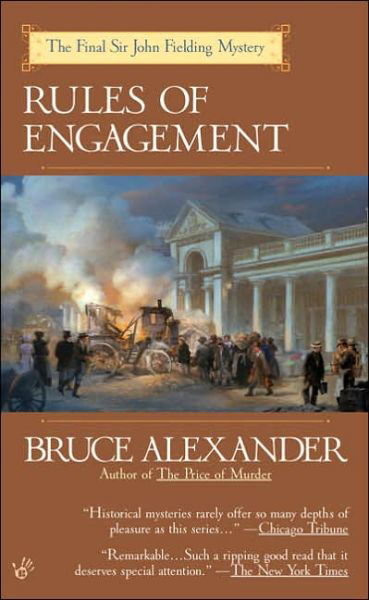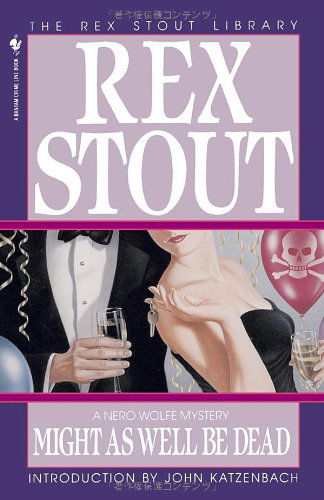
Tell your friends about this item:
The Best American Mystery Stories of the Century
Tony Hillerman
The Best American Mystery Stories of the Century
Tony Hillerman
Brief Description: In THE BEST AMERICAN MYSTERY STORIES OF THE CENTURY, best-selling author Tony Hillerman and mystery expert Otto Penzler present an unparalleled treasury of American suspense fiction that every fan will cherish. Offering the finest examples from all reaches of the genre, this collection charts the mystery's eminent history from the turn-of-the-century puzzles of Futrelle, to the seminal pulp fiction of Hammett and Chandler, to the mystery story's rise to legitimacy in the popular mind, a trend that has benefited masterly writers like Westlake, Hunter, and Grafton. Nowhere else can readers find a more thorough, more engaging, more essential distillation of American crime fiction. Penzler, the Best American Mystery Stories series editor, and Hillerman winnowed this select group out of a thousand stories, drawing on sources as diverse as Ellery Queen's Mystery Magazine and Esquire, Collier's and The New Yorker. Giants of the genre abound -- Raymond Chandler, Stephen King, Dashiell Hammett, Lawrence Block, Ellery Queen, Sara Paretsky, and others -- but the editors also unearthed gems by luminaries rarely found in suspense anthologies: William Faulkner, John Steinbeck, Damon Runyon, Harlan Ellison, James Thurber, and Joyce Carol Oates. Mystery buffs and newcomers alike will delight in the thrilling stories and top-notch writing of a hundred years' worth of the finest suspense, crime, and mystery writing. Excerpts: ForewordAs a fan of mystery fiction for what is now approaching a half century (good grief! can it be?), I have read what some might regard as an inordinate number of short stories. It is impossible to count the thousands, but it is possible to count the great ones. For me, it has always been the short story. It started when I was just a kid and loved the surprise endings of O. Henry, the bizarre situations of a Sherlock Holmes adventure, and the deliciously creepy nightmares of Edgar Allan Poe. My appreciation of the short form was enhanced when I discovered the quirky humor of Damon Runyon and Ring Larder, clearly at their peak in a twenty-page sidesplitter. Finally, my devotion was complete when I learned that Stanley Ellin needed a full month to polish his little masterpieces, explaining their meticulous perfection. Most classic detective stories rely on a single clue, or gimmick, or bit of legerdemain, or realization (the "aha" moment); the rest is embellishment. The old-fashioned detective novel, when it was good, created a universe with a population about whom the reader cared. An antisocial act, usually murder, occurred to disrupt the comfortable progress of that universe, and the remainder of the narrative illustrated the consequences of that crime on the population and the efforts made to apprehend the villain. With the identification of the perpetrator of the very bad deed (or deeds, as it was common for the culprit to commit additional crimes in order to cover up the first one), the universe was restored to its original peaceful state. And the villain was always caught because,no matter how brilliant he was, he invariably made one small mistake, which was spotted by the hero detective (but rarely by the reader). Because the entire denouement relied on the uncovering of that single element to complete the jigsaw puzzle, it is clear that many of those novels could have been told in short story form with no loss of cleverness by the protagonist. Some of those novels, stripped to their essentials, became the brilliant short stories included in this volume. But do not misunderstand me. Originality and felicitousness of language, development of memorable characters, even the texture of a created universe, cannot all be condensed into a short story. The best mystery novels, just as the best in all literature, are far richer than their plots. The story line is merely a single element, albeit a vital one, of any good crime novel, just as it is of any novel. In many cases, the tighter constrictions of the short story enable, or even force, an author into an economy of words that produces a crisper, superior work. Searching for these gems of storytelling led me to Ellery Queen's Mystery Magazine as a young reader in my twenties. Making its first appearance in 1941, it is still being published, carrying the banner of the mystery story longer than any magazine in history. By the 1940s, the pulp magazines had begun their plunge into oblivion. These nickel and dime story magazines, which once numbered more than a thousand titles a month, served as the training field for scores of writers who went on to distinguished careers as novelists and screenwriters. Called "pulps"because of the cheap newsprint on which they were printed, they were the major reading material for masses of America's readers. The rest read the "slicks, " which were produced on superior paper, were illustrated throughout, often partially in color, and paid writers tremendous fees. While a writer for Black Mask, Dime Detective, or The Shadow, for example, might be paid a penny or two a word (if he was a big name), such mainstream authors as F. Scott Fitzgerald and John P. Marquand were paid $10,000 for stories in The Saturday Evening Post or Scribner's. The slicks, too, were dying at the same rate as the pulps. The increased availability and popularity of radio shifted America's use of its leisure time, and the creation of the inexpensive paperbacks completed the task. The introduction of television on a large scale in the 1950s pretty much finished the publication of short fiction in any medium that was designed to be read by millions. Ellery Queen's Mystery Magazine battled terrific odds by offering a digest-sized periodical containing only mystery fiction, thereby giving up that substantial portion of readers who preferred more diversity. By commissioning new stories from the best mystery writers on both sides of the Atlantic, and reprinting classic (though frequently forgotten) fiction, the magazine flourished. It is a tribute to Frederic Dannay, one half of the writing team of Ellery Queen, that he devoted so much time and energy to the risky venture. His was not a celebrity endorsement or franchised name on a masthead. For nearly half a century, Dannay edited stories, correspondedwith authors, suggested new (and usually better) story titles, and had his hand in every phase of the editorial content of what can only be regarded as his magazine. Dannay was also a superb anthologist, breaking ground in a variety of fashions. Perhaps the finest anthology of mystery stories ever conceived and executed is his 101 Years' Entertainment, which I read in a Modern Library edition as a teenager. It introduced me to so many of the detectives and authors who became a major part of my reading life that I still regard it as one of the half dozen most influential books in my development as a lifelong addict of the written word. It is largely Dannay's tireless efforts to preserve distinguished mystery fiction in his numerous anthologies (more than two hundred bear his name as editor) that rescued so many first-rate writers from obscurity, lifting a story from the futurelessness of an ephemeral magazine appearance to the enduring substance of a hardcover book.dramatically easier to produce this volume of the century's greatest American mystery stories. It would have been virtually impossible to locate every fiction magazine of the twentieth century in order to identify which works were appropriate for consideration, much less read them all. Other anthologies proved useful, too, of course, notably The Best Detective Stories of the Year series, begun in 1946 (and now defunct) by Dutton; the annual theme anthologies produced under the aegis of the Mystery Writers of America; and numerous solo efforts, but nothingapproaches the contributions made by Frederic Dannay. Having read many hundreds of these anthologies over the years, I had a pretty good idea of many of the stories that deserved consideration for inclusion in this important volume. Or I thought I did. The memory can play nasty tricks. Stories that I remembered with tremendous affection turned out, on rereading, to be disappointing, sometimes astonishingly so. Where was my taste, I wondered, when I reread two or three collections of stories by an author I'd once admired and couldn't find a single story that held my interest or that had even one important thought or original use of language?What surprised me is how few pulp stories hold up today. Most are dated, both in outlook and in language. Characters are seldom multidimensional, dialogue is stilted as everyone tries to be tougher than a two-dollar steak. Chandler, arguably the greatest mystery writer who ever lived, transcends his venue, of course, and so does Hammett, and even the purple prose of Woolrich remains intensely readable a half century or more after it was written. But the fast-paced adventures of Carroll John Daly, Raoul Whitfield, Frank Gruber, Frederick Nebel, Norbert Davis, and Erle Stanley Gardner, once read with such avidity, don't stay in the memory a day later. They remain entertaining, like a television sitcom, but they lack the timeless magic of significant writers. In spite of their enormous popularity for three decades (the 1920s, 1930s, and 1940s), there are few examples in the present volume. An entirely different problem arose when I weighed the work of thetruly wonderful authors. How many Chandler stories deserved to be included here? A half dozen, maybe, or more. And how many of Woolrich? A full dozen? And Stanley Ellin? Half his opera sounded about right. But we decided to limit the collection to no more than one story by an author, enabling readers to sample a rainbow of styles and subgenres. No one will stop you from searching out more stories by the authors you enjoy the most. Another surprise, though it probably shouldn't have been, is how many of the best mystery, crime, and suspense stories were produced by authors not generally regarded as "mystery writers." Ernest Hemingway, William Faulkner, John Steinbeck, Damon Runyon, O. Henry, Joyce Carole Oates, Ring Lardner, James Thurber, and others dipped their toes into the mystery waters and, as they did with their other work, excelled. The process of list-making is, obviously, subjective. There are no scientific instruments that can tell a reader which of Harlan Ellison's two Edgar-winning short stories is better. It is a coin toss, and it can't be anything else. Let's just live with it. Reducing the list of distinguished stories from several thousand stories to a few hundred required a good deal of rereading and weeding. Getting that list down to a manageable number from which Tony Hillerman made the final selection was like self-surTable of Contents: Foreword by Otto Penzler ix Introduction by Tony Hillerman xiv 1903 - O. Henry A Retrieved Reformation 1 1905 - Willa Cather Paul's Case 8 1905 - Jacques Futrelle The Problem of Cell 13 26 1914 - Frederick Irving Anderson Blind Man's Buff 58 1916 - Melville Davisson Post Naboth's Vineyard 73 1917 - Susan Glaspell A Jury of Her Peers 85 1925 - Dashiell Hammett The Gutting of Couffignal 105 1925 - Ring Lardner Haircut 133 1925 - Wilbur Daniel Steele Blue Murder 144 1928 - Ben Ray Redman The Perfect Crime 162 1933 - James M. Cain The Baby in the Icebox 178 1933 - John Steinbeck The Murder 193 1934 - Damon Runyan Sense of Humor 204 1938 - Pearl S. Buck Ransom 212 1938 - Raymond Chandler Red Wind 235 1942 - James Thurber The Catbird Seat 279 1942 - Cornell Woolrich Rear Window 288 1946 - William Faulkner An Error in Chemistry 318 1947 - Harry Kemelman The Nine Mile Walk 335 1947 - Ellery Queen The Adventure of the President's Half Disme 344 1950 - John D. MacDonald The Homesick Buick 363 1953 - Ross Macdonald Gone Girl 375 1955 - Stanley Ellin The Moment of Decision 405 1955 - Evan Hunter First Offense 426 1957 - Margaret Millar The Couple Next Door 443 1957 - Henry Slesar The Day of the Execution 458 1962 - Patricia Highsmith The Terrapin 466 1965 - Shirley Jackson The Possibility of Evil 479 1965 - Flannery O'Connor The Comforts of Home 489 1967 - Jerome Weidman Good Man, Bad Man 508 1969 - Joe Gores Goodbye, Pops 523 1973 - Harlan Ellison The Whimper of Whipped Dogs 530 1973 - Robert L. Fish The Wager 547 1973 - Joyce Carol Oates Do with Me What You Will 556 1978 - Stephen King Quitters, Inc. 568 1981 - Jack Ritchie The Absence of Emily 587 1984 - Lawrence Block By the Dawn's Early Light 597 1984 - Stephen Greenleaf Iris 615 1984 - Sara Paretsky Three-Dot Po 635 1986 - Sue Grafton The Parker Shotgun 649 1989 - Donald E. Westlake Too Many Crooks 665 1996 - James Crumley Hot Springs 678 1996 - Brendan DuBois The Dark Snow 694 1996 - Michael Malone Red Clay 713 1998 - Tom Franklin Poachers 729 1999 - Dennis Lehane Running Out of Dog 770 Biographical Notes 801Publisher Marketing: A collection of the best in mystery writing includes contributions by O. Henry, Dashiell Hammett, Ring Lardner, Ernest Hemingway, Ellery Queen, James Thurber, Sue Grafton, Stephen King, Joyce Carol Oates, Sara Paretsky, John Steinbeck, and Mickey Spillane. Review Citations:
Wilson Senior High Core Col 01/01/2007 pg. 840 (EAN 9780618012718, Paperback)
Wilson Fiction Catalog 01/01/2010 pg. 366 (EAN 9780618012718, Paperback)
Wilson Senior High Core Col 01/01/2011 pg. 1102 (EAN 9780618012718, Paperback)
Wilson Fiction Catalog 01/01/2014 pg. 62 (EAN 9780618012718, Paperback)
Library Journal 02/15/2000 pg. 201 (EAN 9780618012671, Hardcover)
Publishers Weekly 03/06/2000 pg. 85 (EAN 9780618012671, Hardcover)
Kirkus Reviews 03/15/2000 pg. 339 (EAN 9780618012671, Hardcover)
Booklist 04/01/2000 pg. 1437 (EAN 9780618012671, Hardcover)
Wilson Senior High Core Col 01/01/2000 pg. 77 (EAN 9780618012671, Hardcover)
Wilson Fiction Catalog 01/01/2001 pg. 7 (EAN 9780618012671, Hardcover)
Wilson Senior High Core Col 01/01/2002 pg. 651 (EAN 9780618012671, Hardcover)
Wilson Fiction Catalog 01/01/2006 pg. 76 (EAN 9780618012671, Hardcover)
Wilson Senior High Core Col 01/01/2007 pg. 840 (EAN 9780618012671, Hardcover)
Wilson Fiction Catalog 01/01/2010 pg. 49 (EAN 9780618012671, Hardcover)
Wilson Senior High Core Col 01/01/2011 pg. 1102 (EAN 9780618012671, Hardcover)
Wilson Fiction Catalog 01/01/2014 pg. 62 (EAN 9780618012671, Hardcover)
Contributor Bio: Hillerman, Tony Tony Hillerman (1925-2008), an Albuquerque, New Mexico, resident since 1963, was the author of 29 books, including the popular 18-book mystery series featuring Navajo police officers Jim Chee and Joe Leaphorn, two non-series novels, two children's books, and nonfiction works. He had received every major honor for mystery fiction; awards ranging from the Navajo Tribal Council's commendation to France 's esteemed Grand prix de litterature policiere. Western Writers of America honored him with the Wister Award for Lifetime achievement in 2008. He served as president of the prestigious Mystery Writers of America, and was honored with that group's Edgar Award and as one of mystery fiction's Grand Masters. In 2001, his memoir, Seldom Disappointed, won both the Anthony and Agatha Awards for best nonfiction. Contributor Bio: Penzler, Otto Otto Penzler is a renowned mystery editor, publisher, columnist, and owner of New York's The Mysterious Bookshop, the oldest and largest bookstores solely dedicated to mystery fiction. He has edited more than fifty crime-fiction anthologies.
| Media | Books Paperback Book (Book with soft cover and glued back) |
| Released | April 13, 2001 |
| ISBN13 | 9780618012718 |
| Publishers | Mariner Books |
| Pages | 840 |
| Dimensions | 154 × 227 × 51 mm · 979 g |
More by Tony Hillerman
Others have also bought
See all of Tony Hillerman ( e.g. Paperback Book , Book , CD , Audiobook (CD) and Hardcover Book )


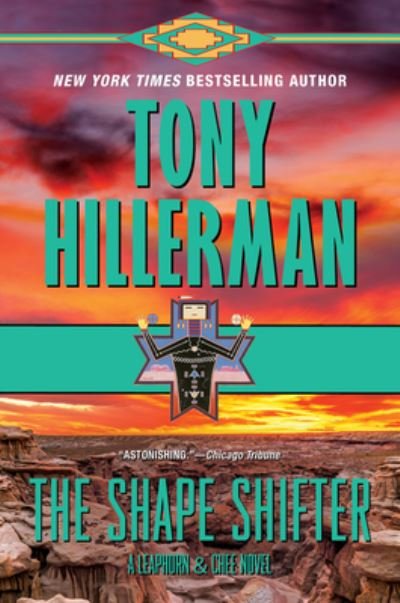
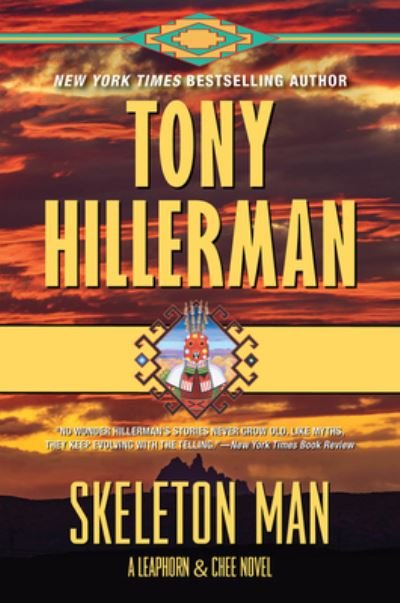

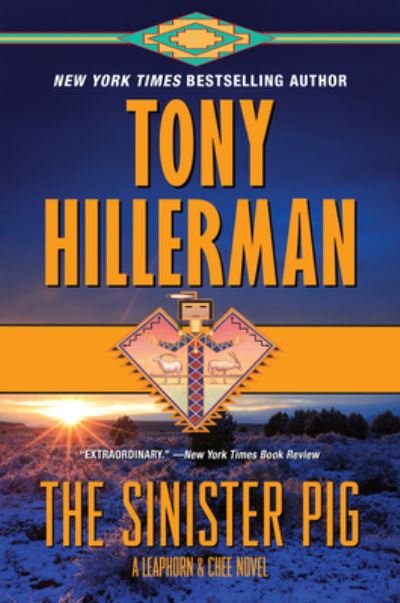
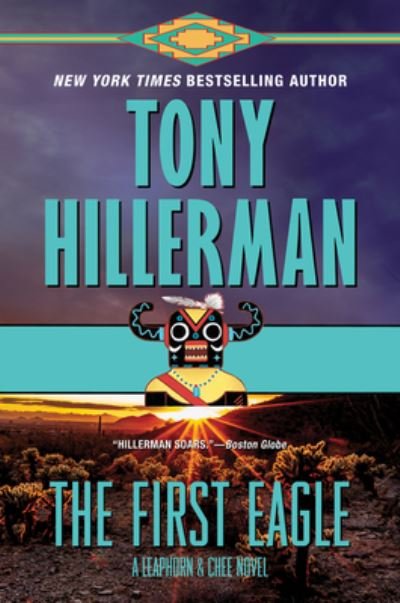
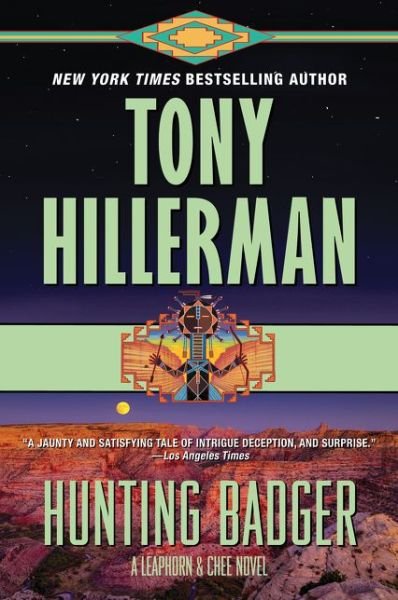
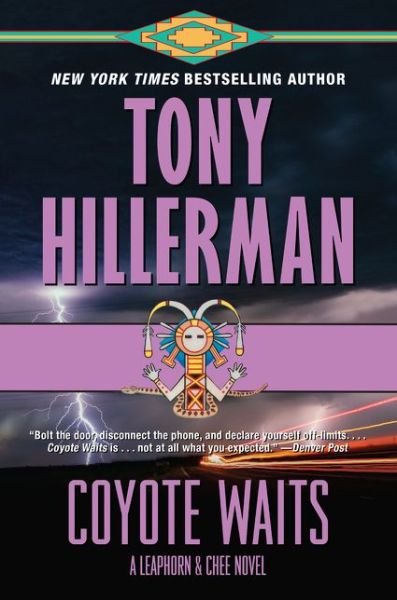
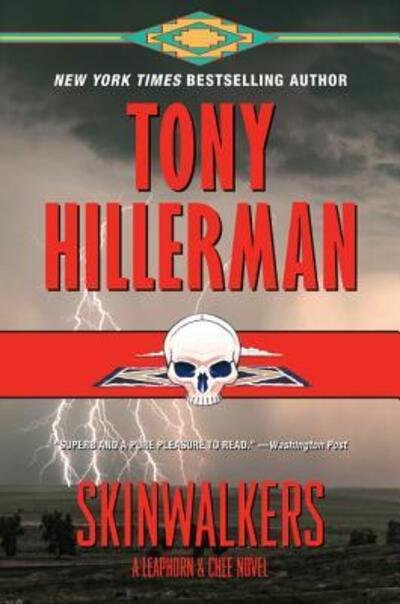
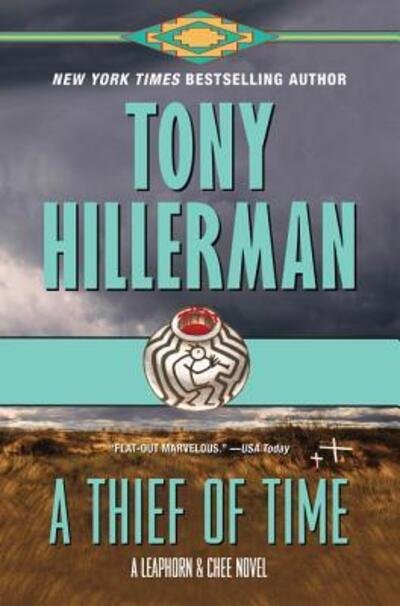

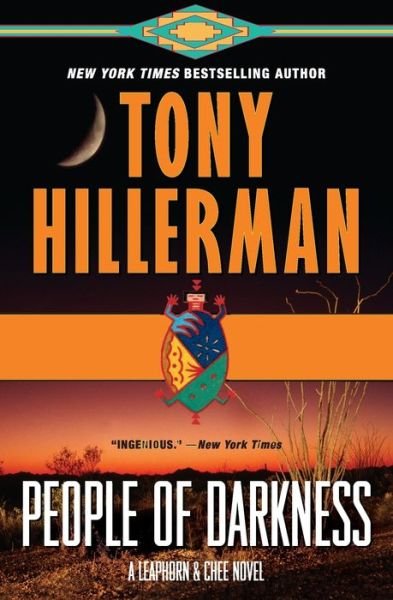
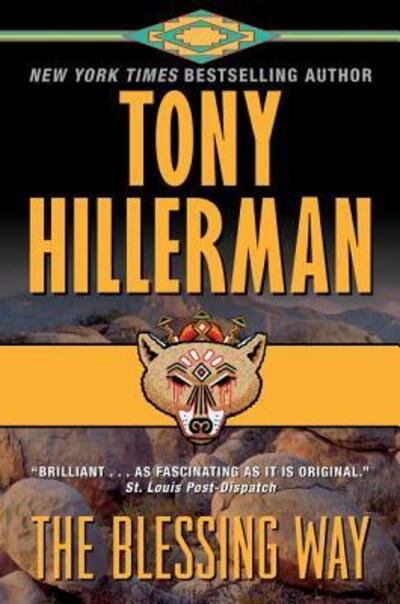

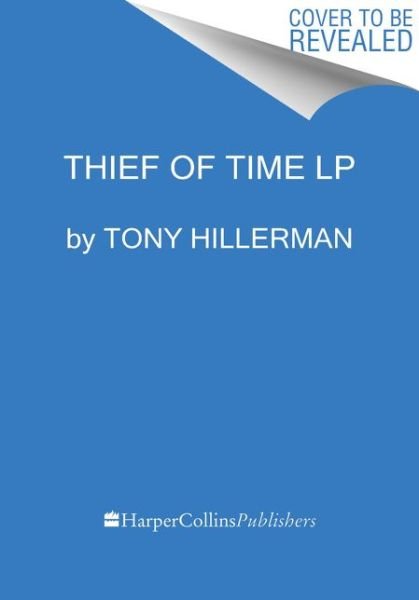

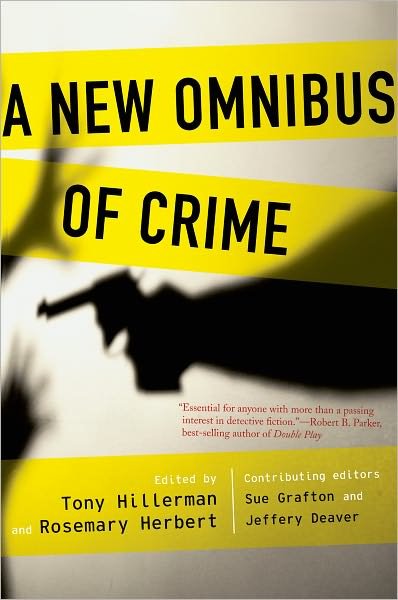
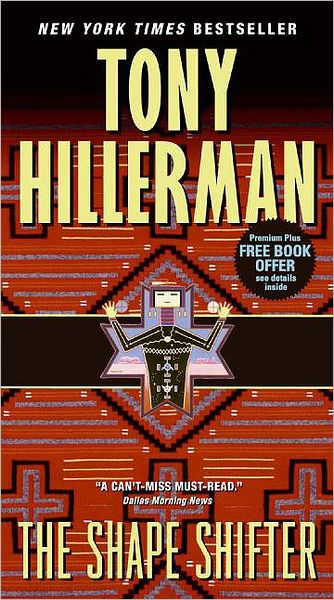
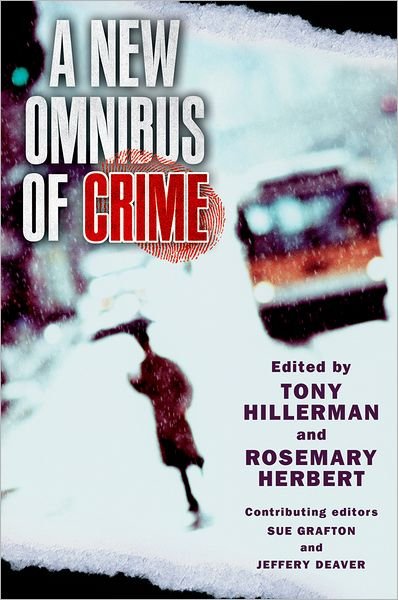

![Cover for Tony Hillerman · Seldom Disappointed: A Memoir (Paperback Book) [Reprint edition] (2002)](https://imusic.b-cdn.net/images/item/original/868/9780060505868.jpg?tony-hillerman-2002-seldom-disappointed-a-memoir-paperback-book&class=scaled&v=1480676685)
![Cover for Tony Hillerman · The Best of the West: Anthology of Classic Writing From the American West, An (Paperback Book) [Reprint edition] (1992)](https://imusic.b-cdn.net/images/item/original/525/9780060923525.jpg?tony-hillerman-1992-the-best-of-the-west-anthology-of-classic-writing-from-the-american-west-an-paperback-book&class=scaled&v=1439282767)


